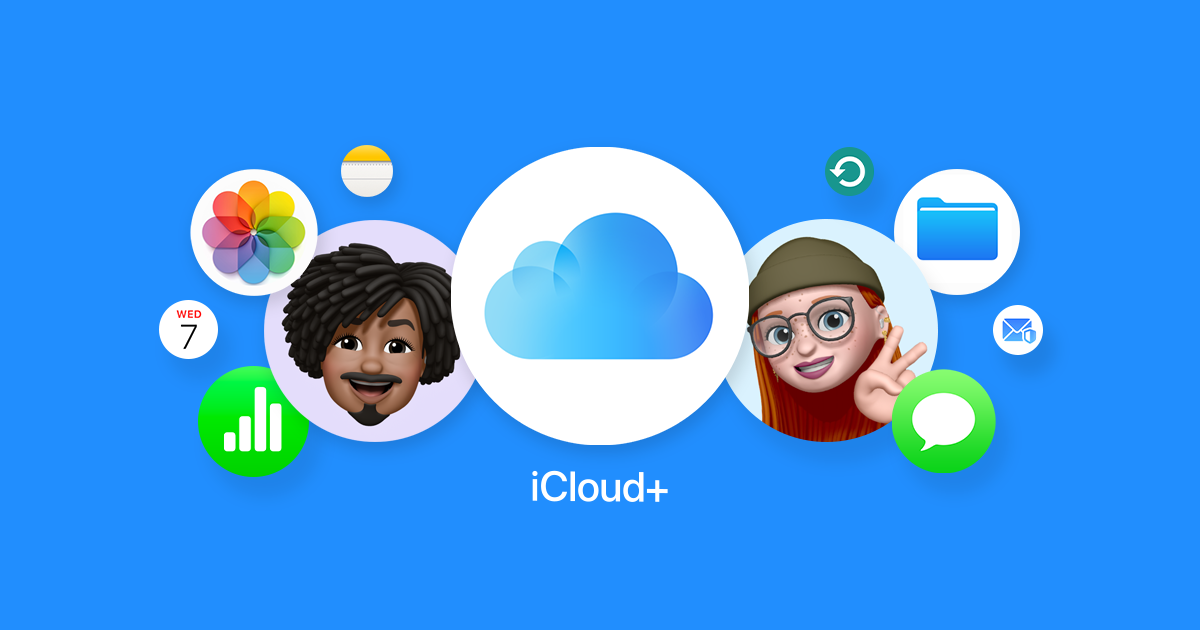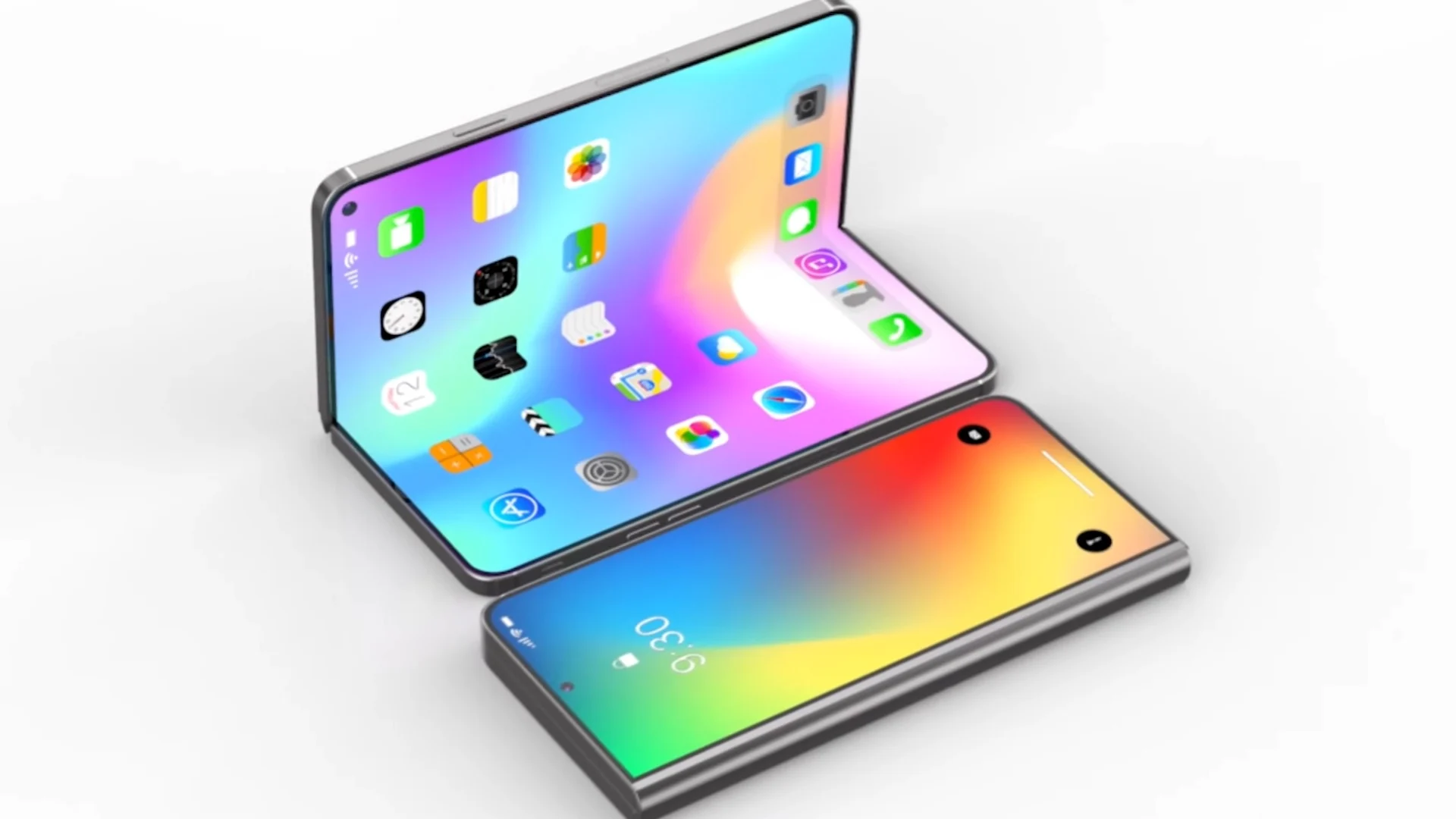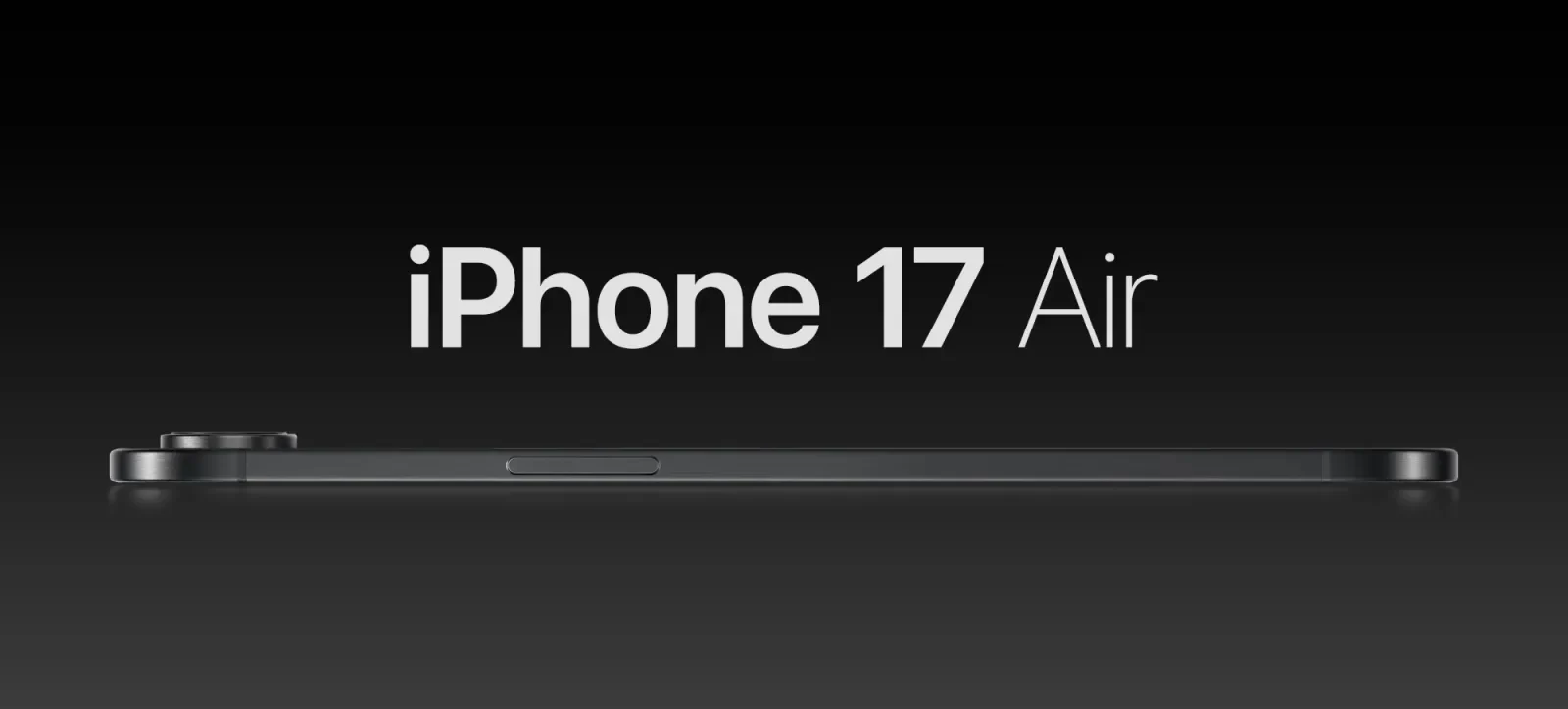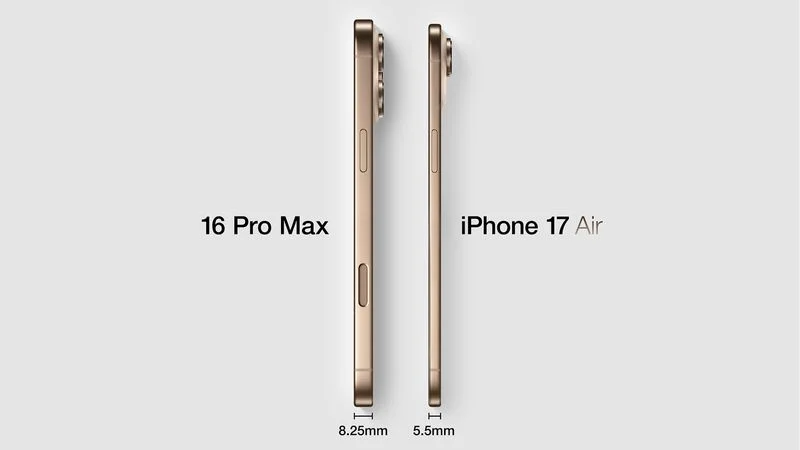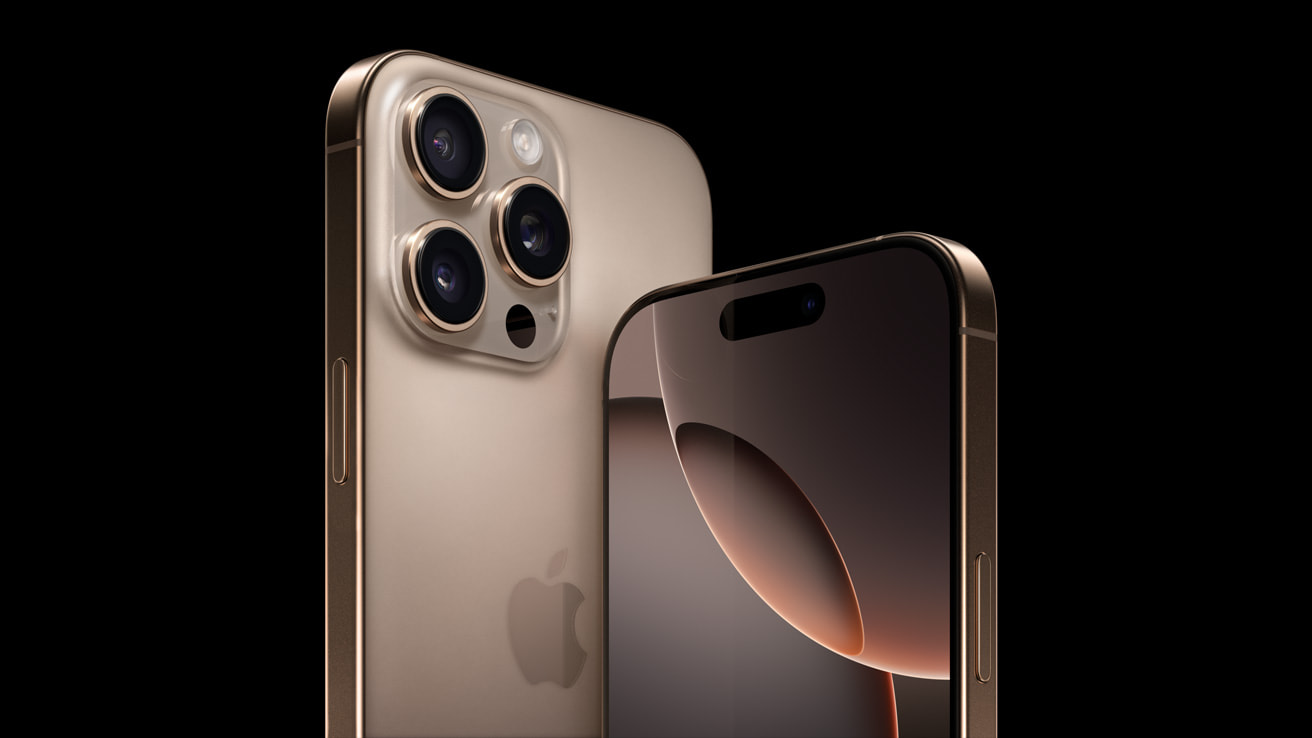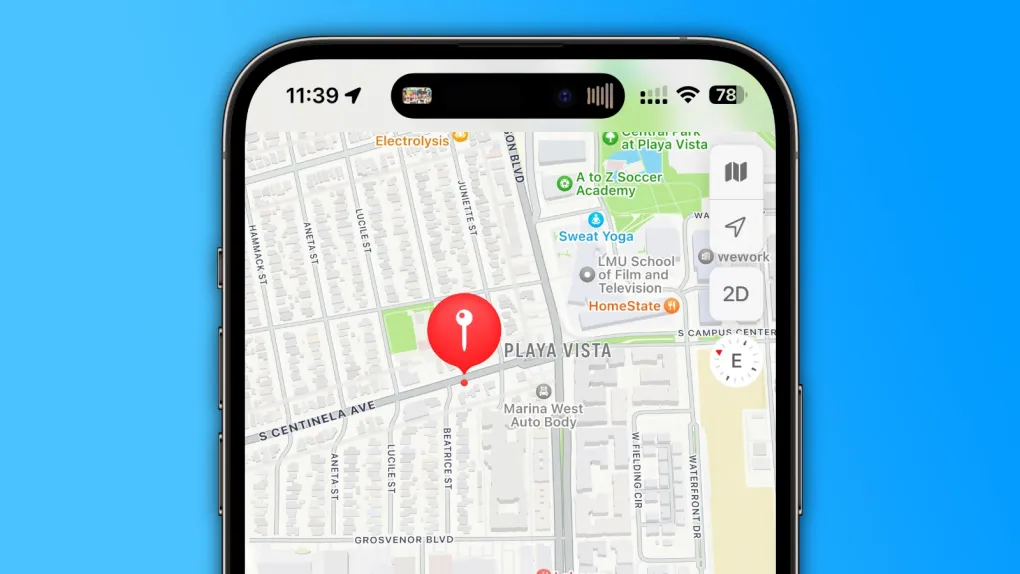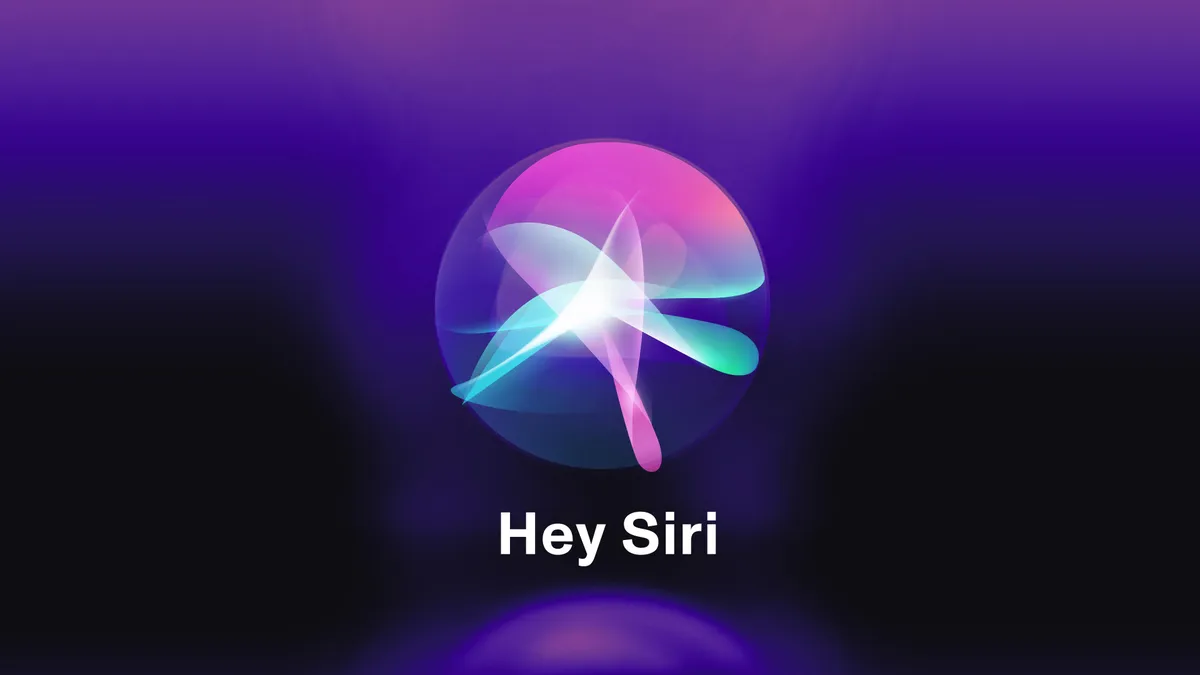A private court session about iCloud encryption started on Friday, and people in the UK and US are pushing for it to be made public. The UK government wants Apple to add a secret way into iCloud, not just for UK citizens but for everyone using it worldwide. Some iCloud info uses basic protection where Apple keeps a key and can share it with governments if ordered. Other data uses stronger protection, where only the user and their devices have the key.
Apple offers a privacy tool called Advanced Data Protection (ADP), which locks nearly all iCloud data so tightly that even Apple can’t open it. If ADP is on, Apple can’t hand over data to governments. The UK’s demand would force Apple to unlock ADP. Instead of agreeing, Apple stopped offering ADP to UK users while it fights the rule.
The Quiet Court Battle Over a Hidden Demand
The UK law makes these orders secret, and any challenges to them happen behind closed doors. Apple found a smart workaround to hint at the issue. It couldn’t legally say the UK told it to unlock ADP, so it simply pulled ADP from the UK without saying why. The message was obvious: “We can’t admit the UK demanded this, or that we said no.”
Apple also couldn’t say it was fighting the order, but somehow that news slipped out too. UK reporters showed up at the Royal Courts of Justice on Friday but couldn’t enter the courtroom.
Protests in the UK and US
Many groups are upset. UK news outlets like the BBC, Reuters, and The Guardian, along with privacy groups like Big Brother Watch, have complained to the court, saying the case should be public. Privacy International and Liberty also teamed up to argue against the secret order.
“This secret move by the UK to weaken security for everyone is unfair and too extreme,” said Caroline Wilson Palow from Privacy International. “People everywhere need strong protection to stay safe from threats.” In the US, five lawmakers from both parties, including Senator Ron Wyden and Representative Andy Biggs, demanded the court open up the case. They say hiding it makes no sense now that the order is widely known, especially since Apple already pulled ADP from the UK last month.
